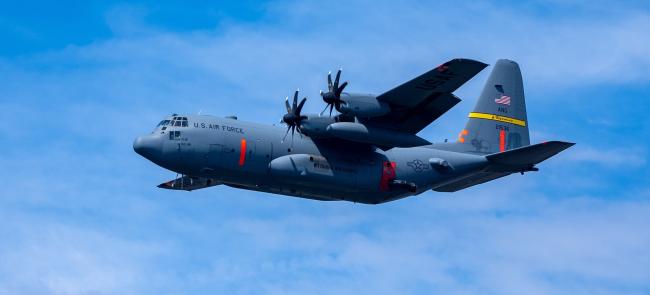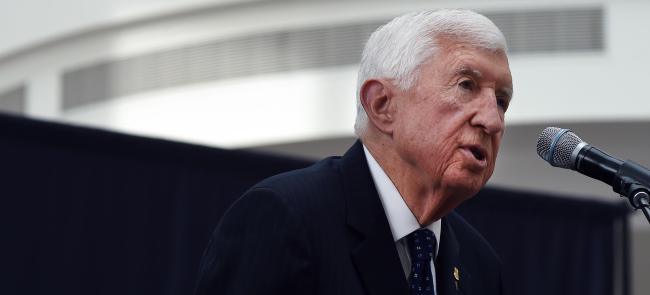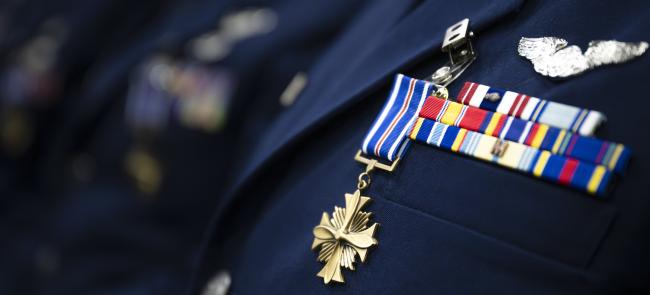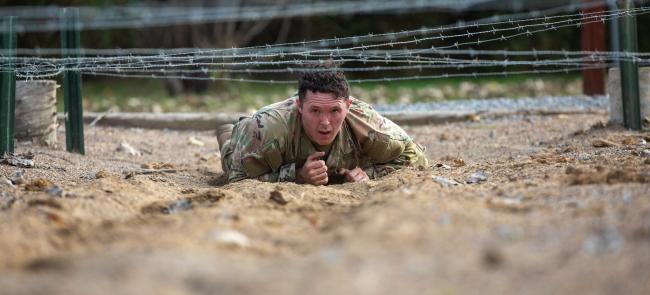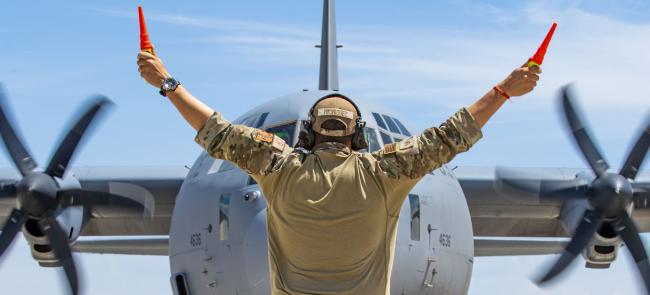
The Department of the Air Force has unveiled a plan to reorient the service so it can prevail in future conflicts with China.
The plan includes 24 decisions aimed at maintaining the nation’s superiority in the air and space domains for years to come.
Air Force Secretary Frank Kendall revealed the plan Monday, adding the goal was implementing its details quickly.
"We can no longer regard conflict as a distant possibility or a future problem that we might have to confront," he said at the Air and Space Forces Association’s Warfare Symposium in Aurora, Colorado. "The risk of conflict is here now, and that risk will increase with time."
Kendall was joined by Gen. David W. Allvin, the Air Force chief of staff; Gen. Chance Saltzman, the Space Force chief of space operations; and Kristyn Jones, the assistant secretary of the Air Force for financial management and comptroller performing the duties of the under secretary.
The Air Force released the plan Monday, with its 24 decisions grouped into four categories: develop people, generate readiness, project power and develop capabilities.
The plan comprises one of the Air Force’s most significant reorganizations since the Cold War’s end.
While many of the plan’s details are being finalized, they will likely impact America’s air and space personnel, including National Guardsmen.
For example, the Air Force will replace its Air Education and Training Command with a new Airman Development Command.
Per the Air Force, this new command will "consolidate force development functions" and "provide Airmen a common, mission-focused development and training path."
The Air Force will also "develop 'Mission Ready Airmen' with training focused on a mix of skills needed for wartime operational mission readiness."
"We believe we’re going to have a more coherent force … that can move rapidly through the future," Allvin said of the changes. "We’re all also reinforcing mission-ready training."
The plan’s other changes include a new Integrated Capabilities Command that will become the Air Force’s central hub for the service’s future planning.
The switch will enable the Air Force’s major commands to focus on their daily operations, including organizing, training and equipping troops for missions worldwide.
The Air Force will additionally turn its operational wings into "units of action," categorized as deployable combat wings, in-place wings and combat generation wings.
The service aims to create standardized packages of combat assets like aircraft and maintainers that can deploy alongside the same squadrons they train with.
The concept strives to keep the Air Force from reducing the number of airmen running daily operations at and protecting the perimeters of its bases.
Kendall said Monday the reorientation is driven by urgency to address America’s pacing challenge: China.
"Ladies and gentlemen, we are out of time, we are out of time, we are out of time," he said.
— By Mark Hensch



